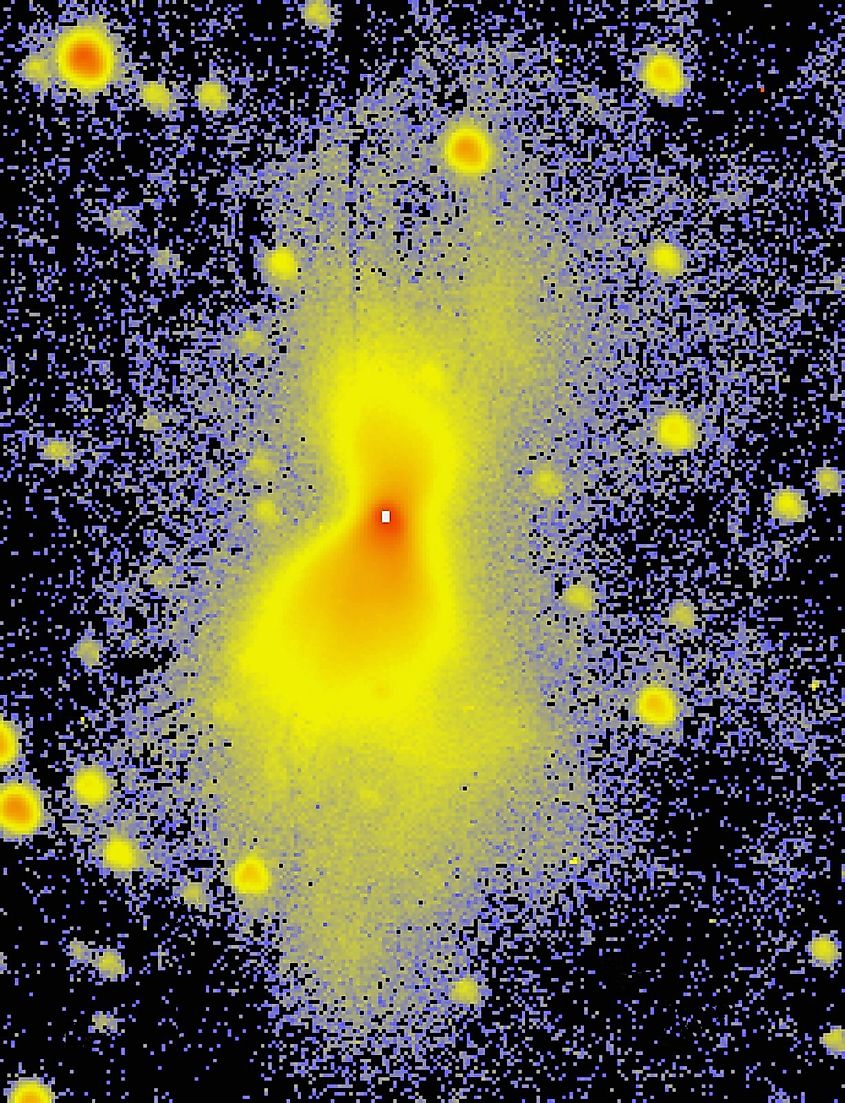Most of space is extremely cold. Although the universe is filled with countless stars that give off heat, the sheer distance between them means temperatures in space are consistently freezing. Interestingly, there are places in space that are actually colder than empty space. To date, the coldest known place in the universe is the Boomerang Nebula, located 5,000 light-years away in the constellation Centaurus.
The Boomerang Nebula
Temperatures in the Boomerang Nebula average minus 458 degrees Fahrenheit (minus 272 degrees Celsius). The coldest possible temperature in physics is called absolute zero, which equals minus 460 degrees Fahrenheit (minus 273 degrees Celsius). This means that the Boomerang Nebula is only one degree above the coldest possible temperature in our universe. The Boomerang Nebula is even cooler than cosmic microwave background radiation (CMBR), which is a form of microwave radiation left over from the Big Bang. Light from the CMBR has been traversing the universe for more than 13 billion years, so its temperature has dropped significantly since the Big Bang. For now, the Boomerang Nebula is the only known object in the universe that has a temperature below CMBR. How exactly did a nebula come to be so cold?
A cosmic refrigerator

The Boomerang Nebula contains a red giant star that is currently in the final stages of its life. The nebula itself is defined as a protoplanetary nebula and is actually made up of material ejected from its central star. One day, the red giant star will become a white dwarf and the Boomerang Nebula will become a true planetary nebula. It may seem strange then that the Boomerang Nebula is so cold since it contains a red giant. Interestingly, the reason this particular nebula is so cold is similar in principle to how a refrigerator works. A refrigerator uses expanding gas to keep itself cold, and in the Boomerang Nebula, gas from the red giant star is expanding outward at an extremely rapid rate. This makes the whole structure extremely cold, and therefore the Boomerang Nebula can be seen as a kind of cosmic refrigerator.
 Universo Viviente
Universo Viviente



